Physalis hederifolia, Ivyleaf Groundcherry
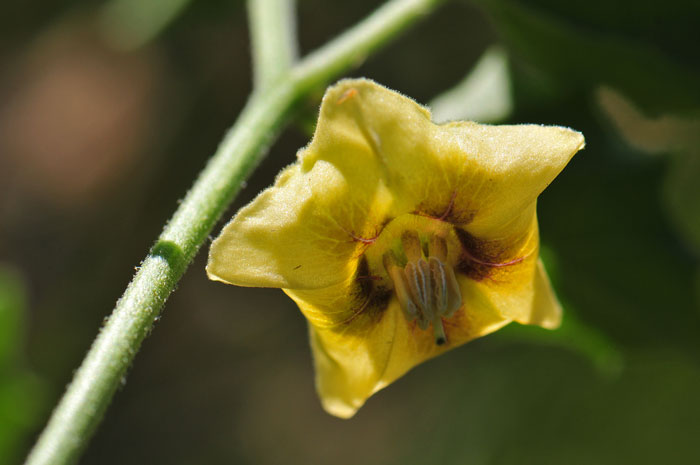
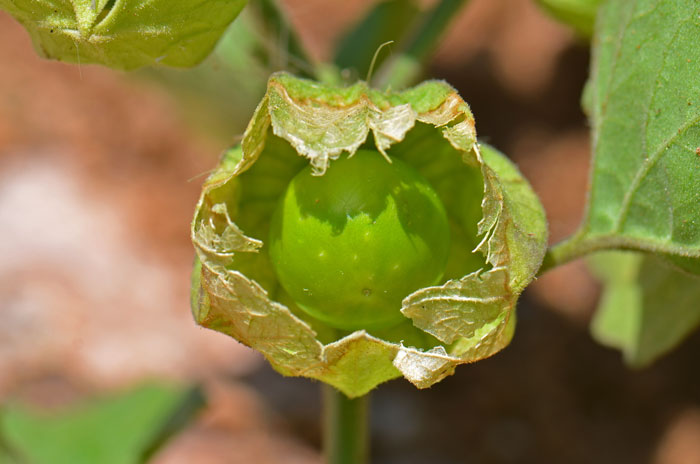
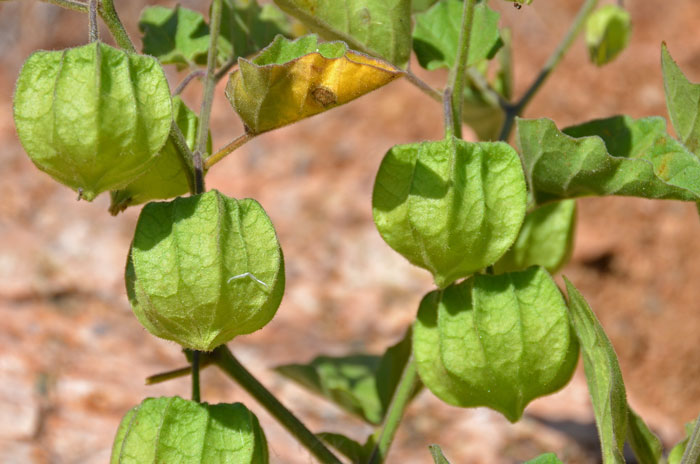
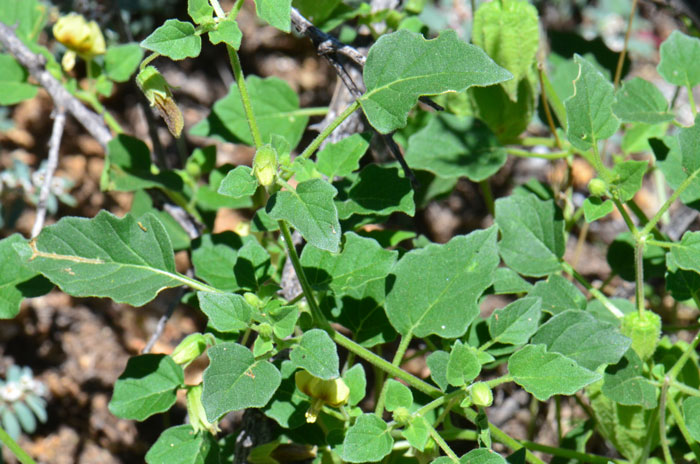
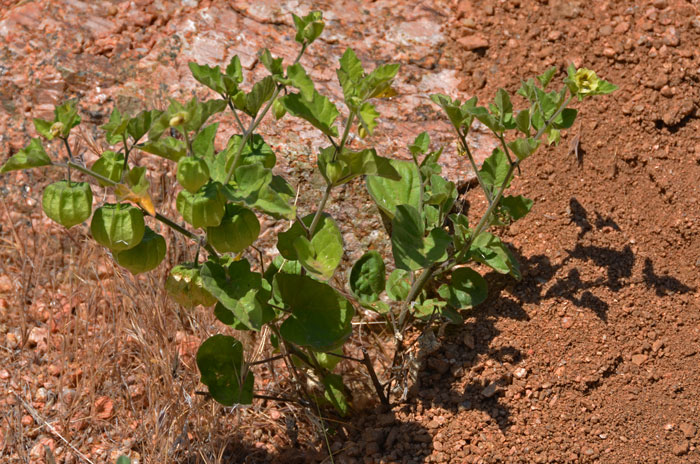
Scientific Name: Physalis hederifolia
Common Name: Ivyleaf Groundcherry
Also Called: Ivyleaf Ground Cherry
Family: Solanaceae, Nightshade or Potato Family
Synonyms: (Physalis hederaefolia, Physalis hederaefolia var. puberula, Physalis hederifolia var. puberula)
Status: Native
Duration: Perennial
Size: Up to about 30 inches or so.
Growth Form: Forb/herb, subshrub; plants with fleshy rhizome, hairs branched or glandular.
Leaves: Green, gray-green; leaves about 1½ inches; leaf shape ovate; margins entire to coarsely toothed.
Flower Color: Yellow or pale yellow, generally with 5 purple-brown spots at the inside base; inflorescence pedicels; flower flora tube widely bell-shaped to flattish, calyx enlarges as fruit matures; fruit becomes inflated and papery.
Flowering Season: April to August.
Elevation: 3,000 to 7,000 feet; 2,000 to 6,000 feet in California.
Habitat Preferences: Foothills, plains, gravelly to rocky slopes; in bush and open woodlands in Texas.
Recorded Range: Physalis hederifolia is found mostly in western ½ of the United States and in a few states east of the Mississippi; AZ, CA, CO, KS, LA, MT, NE, NM, NV, NY, OK, RI, SD, TX, UT, VT, WY.
North America & US County Distribution Map for Physalis hederifolia.
U.S. Weed Information: No information available.
Invasive/Noxious Weed Information: No information available.
Wetland Indicator: No information available.
Threatened/Endangered Information: No information available.
In the Southwestern United States, Arizona, California and New Mexico each have 12 species of Physalis, Nevada has 4 species, Texas has 18 species and Utah has 7 species. All data is approximate and subject to taxonomic changes.
There are 4 varieties in Physalis hederifolia;
Physalis hederifolia var. comata, Ivyleaf Groundcherry (AZ, CO, KS, LA, MT, ND, NE, NM, OK, SD, WY, TX);
Physalis hederifolia var. fendleri, Fendler's Groundcherry (AZ, CA, CO, NM, NV, OK, TX, UT);
Physalis hederifolia var. hederifolia, Ivyleaf Groundcherry (AZ, CA, NM, NV, NY, RI, TX, UT, VT);
Physalis hederifolia var. palmeri, Palmer's Groundcherry (CA, NV, UT).
Comments: Physalis hederifolia is one of about 20 species in the southwestern United States; Arizona, California and New Mexico each have 12 species.
In Southwest Desert Flora please also see; Sharpleaf Groundcherry, Physalis acutifolia, Yellow Nightshade Groundcherry, Physalis crassifolia and Husk Tomato, Physalis pubescens.

